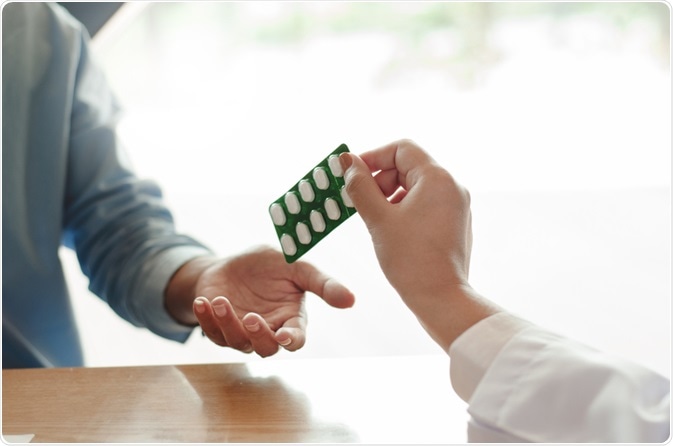If you have a pre-existing medical condition, it is most likely that you will have to travel with enough prescription medication to last the duration of your trip. It may be the case that you don’t have a pre-existing condition, but have a temporary ailment that requires a short-course of prescription medication that needs to be continued while you travel. However, local laws in countries around the world can complicate things if you don’t take the necessary precautions beforehand.

© mojo cp/Shutterstock.com
How Local Laws Affect the Transport of Medicine Across Borders
Although not every prescription medicine is regulated under local laws, medicines containing controlled substances could be. Many medications used to treat anxiety, depression, ADHD, and insomnia, could include these substances, along with over-the-counter medicines. What constitutes a controlled substance differs from country to country, so the best way of being sure you don't fall foul of the law is to consult with the local embassy or consulate. The Smartraveller website also holds a wealth of information in this regard. To find out which travel insurance policies cover which pre-existing conditions by default, you can also visit www.travelinsurance.com.au, that will help you to take out any additional travel insurance you may need. This will ensure any out-of-pocket expenses are covered, if you run into problems traveling with prescription medication and require medical treatment in a foreign country.
Steps to Take to Simplify the Process of Traveling with Prescription Medication
Whether the local laws on traveling with medicine – both prescription and over-the-counter – are different or not, there are a few notes travelers should keep in mind when passing through border controls. These include:
- Keeping all medication in its original packaging, so that border control can identify it more easily. If the medicine is stored in a generic bottle or packet, the container should be marked with a printed label that has your name and the name of the medicine on it.
- Do not take more medicine than is necessary.
- Get your doctor to issue you a note with the following information on it: what each medicine is, what it is used for, and how much you take. This should also include what it is for, if it is for your own personal use or the use of someone traveling with you, such as a young child.
- A copy of the original prescription(s) for each of the medicines you have with you. This must be taken along as well as the letter from your doctor, and it should contain the doctor’s name, address and signature.
These are the basic requirements for traveling with medicine, and travelers should always check for additional requirements that are specified for a particular country. This may include a license or permit if a traveler is bringing more than seven days’ worth of medicine into the country, while other countries insist on a certificate issued by their government.
If any of these specific requirements relating to prescription medication are not met, your medicine may be confiscated, which could be followed by a fine for trying to enter the country with controlled substances: sure to put a dampener on any trip, no matter how brief.
About Travelinsurance.com.au
Travelinsurance.com.au have been helping Australians buy travel insurance online since 1999. Their goal is to help you find the best policy for your needs and offer it at a discount price.
Travelinsurance.com.au has been designed to offer you the easiest way to compare and purchase your travel insurance, choosing from the major Australian brands such as; Suresave, QBE, CHI and Aussietravelcover travel insurance.
Sponsored Content Policy: News-Medical.net publishes articles and related content that may be derived from sources where we have existing commercial relationships, provided such content adds value to the core editorial ethos of News-Medical.Net which is to educate and inform site visitors interested in medical research, science, medical devices and treatments.